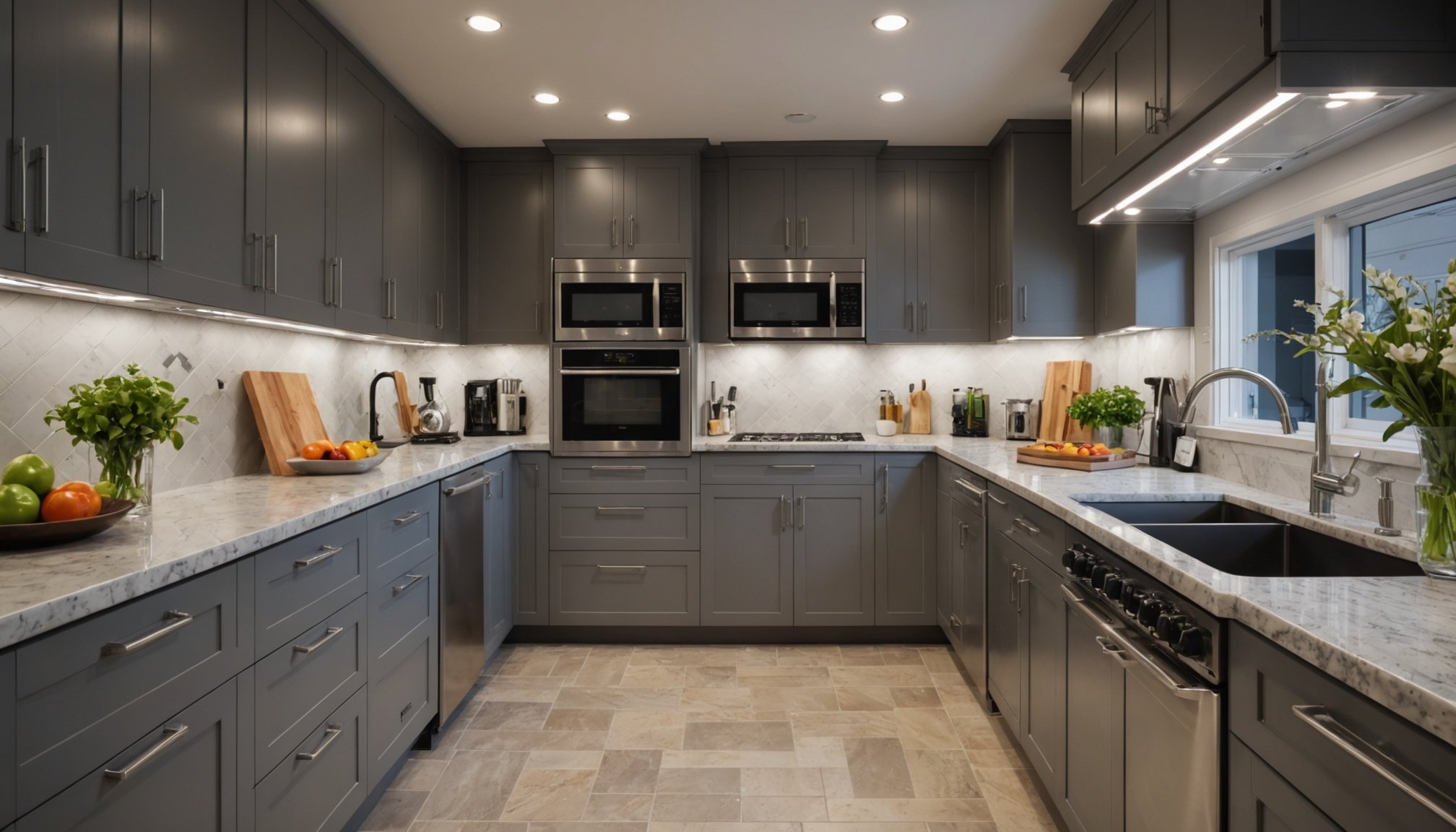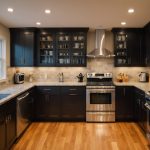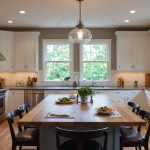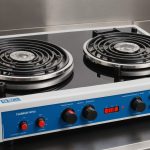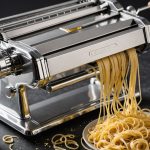Imagine standing in your kitchen, preparing a delicious meal when the sun goes down. Suddenly, the once brightly lit kitchen counter is shrouded in darkness, making it difficult to see what you are doing. This scenario can be avoided with the right cabinet lighting, specifically designed to illuminate your preparation area. But how do you find the optimal lighting for preparing food under cabinet areas? With so many options available, what factors should you consider? This article will provide you with the answers you need.
Understanding the Importance of Under Cabinet Lighting
Before we delve into how to find the optimal lighting for preparing food, it’s crucial to understand why under cabinet lighting is such an important aspect of your kitchen.
Also to discover : What Features Should a Kitchen Timer Have for Multitasking Chefs?
Under cabinet lighting serves two main purposes: functionality and aesthetics. Functionally, it helps illuminate your workspace, making it easier to see and prepare food. Aesthetically, under cabinet lighting can highlight the beautiful features of your kitchen and create a warm, inviting atmosphere.
The key to achieving these benefits is choosing the right type of lighting. Different light sources produce different colors and intensities of light, and the amount of light you need will depend on the specific tasks you’re performing.
Also to discover : How to Choose a Quality Popcorn Maker for Movie Night?
Knowing the Different Types of Under Cabinet Lights
There are several types of under cabinet lights to consider when looking for the optimal lighting solution. This section will delve into the most common types and their features.
Puck Lights: These are round, hockey puck-shaped lights that provide focused, direct light to a specific area. Puck lights are excellent for concentrated tasks such as chopping vegetables or reading recipes, as they provide a bright and clear light.
Strip Lights: Also known as tape lights, these offer diffused, even illumination along the entire length of the strip. They are great for tasks that require more general, ambient lighting. Strip lights are often flexible, allowing you to mold them around corners or other irregular shapes.
Linear Lights: Similar to strip lights, linear lights offer uniform lighting along their length. However, they are usually rigid, making them less versatile in terms of installation.
Choosing the Right Color Temperature
The color temperature of your under cabinet lighting plays a significant role in the overall ambiance of your kitchen. It refers to the perceived warmth or coolness of light, measured in Kelvin (K).
Warm Light (2700K – 3000K): This range provides a cozy, welcoming, and slightly yellow glow. Perfect for creating a relaxing and inviting atmosphere.
Cool White (3500K – 4100K): This color temperature gives off a more neutral white light, suitable for tasks requiring accuracy, such as food prep or reading.
Daylight (5000K – 6500K): This temperature mimics the natural sunlight, providing an energizing light that’s best for precision tasks.
Considering the Light Intensity
Light intensity, measured in lumens, is another critical factor to consider when selecting the optimal under cabinet lighting. A higher lumen count means a brighter light, while a lower count indicates a more subdued light.
For under cabinet lighting in the kitchen, most experts recommend between 150 and 350 lumens per foot. This range provides adequate light for most kitchen tasks without being too glaring.
Factoring in Energy Efficiency
Finally, considering energy efficiency is key when choosing under cabinet lights. It won’t just help to reduce your energy costs but also contributes to a more sustainable lifestyle. LED lights are the most energy-efficient options available today, consuming up to 90% less energy than incandescent or halogen bulbs.
In summary, finding the optimal lighting for preparing food under cabinet areas isn’t a one-size-fits-all solution. It requires understanding your specific needs and preferences, as well as the various types of lights, their color temperatures, intensities, and energy efficiency levels. With this knowledge, you can make an informed choice that will enhance both the functionality and aesthetics of your kitchen.
Installation and Positioning of Under Cabinet Lights
Installing and positioning your under cabinet lights correctly is just as important as choosing the right type, color temperature, and intensity. Proper positioning ensures that the light is effectively distributed over your workspace, eliminating shadows and glares that could interfere with your food preparation.
When installing under cabinet lights, aim for a consistent spread of light across the entire length of your cabinets. This can be achieved by spacing out strip or puck lights evenly along the underside of the cabinets.
As for the optimal position, under cabinet lights are typically installed towards the front edge of the cabinets. This placement minimizes the casting of shadows on your workspace. However, the ideal position may vary based on the design of your cabinets and your specific lighting needs.
Additionally, consider installing a dimmer switch for your under cabinet lights. A dimmer allows you to adjust the light intensity based on what you’re doing. For instance, you can lower the brightness when you want softer, ambient lighting, and increase it when you need more light for precision tasks.
Maintenance and Replacement of Under Cabinet Lights
Like every part of your kitchen, under cabinet lights require maintenance to keep them working optimally. Regular cleaning and dusting can help maintain the brightness and longevity of your lights. Ensure to turn off and cool down the lights before cleaning to avoid any risk of electric shock or burns.
Also, even though LED lights have a long lifespan, they will eventually need replacing. Keep an eye out for signs that your lights are nearing the end of their life expectancy, such as dimming or flickering. When it’s time to replace them, consider seeking professional help if you’re not confident in your DIY skills.
Remember, safety should always come first when dealing with electrical fixtures.
Conclusion
In conclusion, finding the optimal lighting for preparing food under cabinet areas involves more than just picking out a light fixture. It requires a comprehensive understanding of the different types of lights, their color temperatures, intensities, installation, positioning and maintenance, as well as factoring in energy efficiency.
By considering all these factors, you can create a well-lit, comfortable and energy-efficient kitchen workspace that not only aids in food preparation but also enhances the overall aesthetics of your kitchen.
Remember, the key is to balance functionality with aesthetics to create a kitchen that’s both practical and inviting. So, don’t be afraid to experiment with different lighting options until you find the one that meets your specific needs and preferences. After all, the kitchen is the heart of the home, and it deserves to be lit properly.

